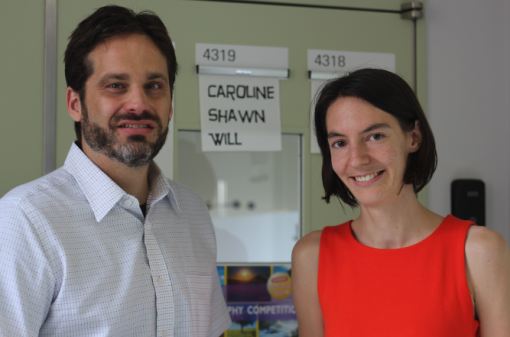Eli lecturer Katherine Thornton and SALC Director Dr. Jo Mynard have published the following article:
Abstract
“Advising in language learning involves the process and practice of helping students to direct their own paths so as to become more effective and more autonomous language learners” (Carson and Mynard, 2012, p. 4). Promoting reflection on the language learning process is an indispensible part of this process. The study described in this paper, focusing on written advising, examines advisors’ written responses to learners’ work within self-directed learning modules. It aims to establish what advisors choose to focus on and how they attempt to raise awareness of the language learning process with learners. We argue that written advising is not an inferior form of advising, as may be assumed from its relative absence from the field, but is a valuable way of helping students to focus on the metacognitive, cognitive and affective aspects of their learning processes, especially in an L2 context.
